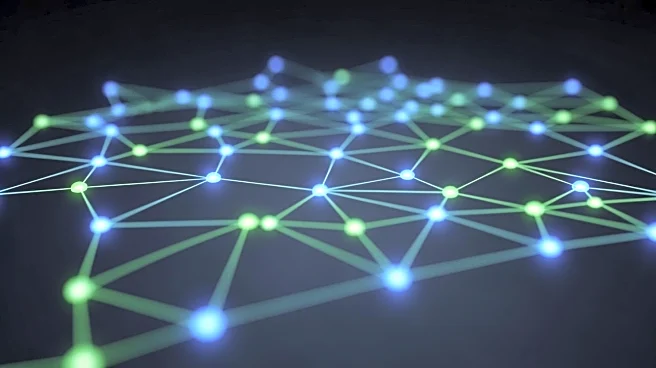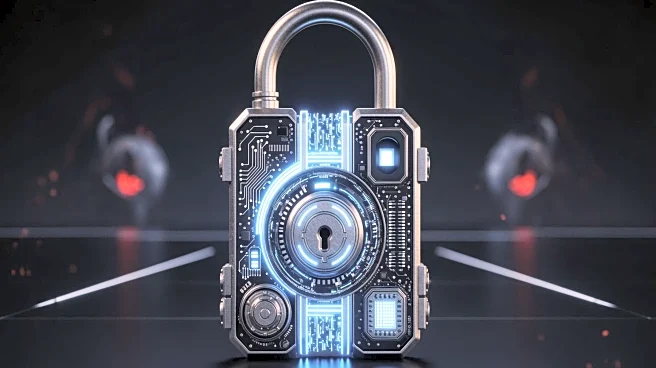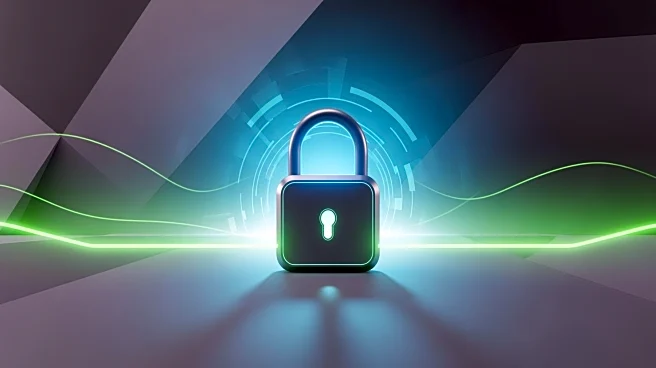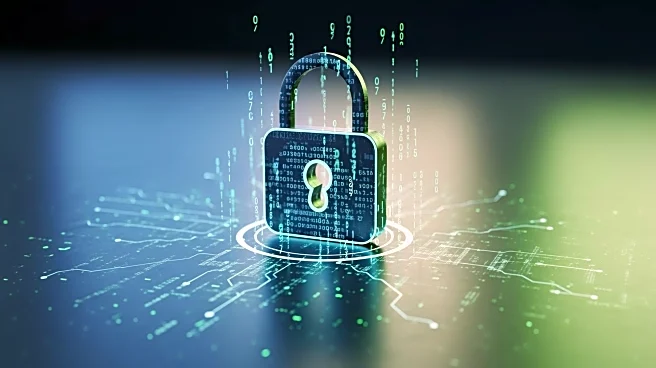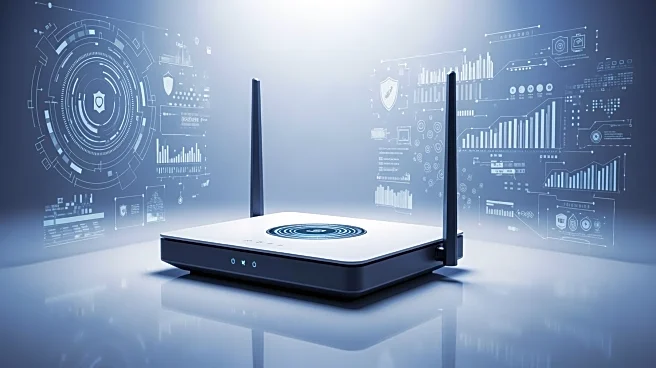What's Happening?
ViewQwest has partnered with Zero Networks to introduce fully automated, agentless microsegmentation across key Asian markets. This collaboration aims to address the issue of lateral movement in cyberattacks,
where hackers use initial access points to infiltrate deeper into network systems. Microsegmentation divides networks into granular segments, isolating each asset within its own firewall bubble, thereby preventing unauthorized lateral movement. The partnership leverages Zero Networks' technology to automate the creation of security policies based on observed network traffic, reducing manual intervention and deployment time. This approach is particularly beneficial for organizations with limited IT resources, as it simplifies the implementation of advanced cybersecurity measures.
Why It's Important?
The introduction of automated microsegmentation by ViewQwest and Zero Networks represents a significant advancement in cybersecurity, particularly in the context of increasing cyber threats. By automating the segmentation process, organizations can enhance their defenses against lateral cyberattacks and ransomware, which are becoming more prevalent with the rise of hybrid networks and remote work. This development is crucial for businesses seeking to protect their critical assets without the complexity and resource demands of traditional microsegmentation solutions. The partnership aims to democratize access to enterprise-grade cybersecurity, making it feasible for smaller organizations to implement robust security measures.
What's Next?
The partnership between ViewQwest and Zero Networks is expected to expand its reach across more regions, potentially influencing cybersecurity strategies globally. As organizations adopt this automated microsegmentation approach, there may be a shift in industry standards towards automation-driven preventative security. This could lead to reduced reliance on traditional perimeter defenses and a greater emphasis on internal network protection. Stakeholders, including IT departments and cybersecurity firms, may need to adapt to these changes by integrating automated solutions into their security frameworks.
Beyond the Headlines
The move towards automated microsegmentation highlights a broader trend in cybersecurity towards reducing human error and increasing efficiency through technology. This shift may prompt ethical considerations regarding the balance between automation and human oversight in cybersecurity practices. Additionally, as more organizations adopt these technologies, there could be long-term implications for the cybersecurity workforce, potentially requiring new skill sets focused on managing automated systems.
